
My discussion of an earlier vintage of this wine made me think "Huh?" because it doesn't sound like the dozen or more bottles of this I have had since then. Of course different vintages have different tastes. What you eat with a wine can also change how it tastes to you (I was probably scarfing down a hot pepper pizza from Dante's in Chicago).
My take isn't about acid when I drink this now but rather the red fruit, white flowers,maybe a hint of green herbs and the general deliciousness mentioned above.
I am not psychic. This always happens when DNA analysis is done. Something turns out to not be related and some traditions turn out to not be accurate (I'm looking at YOU Brunello). Among the types of lambrusco are Grasparossa Lambrusco, Oliva Lambrusco, Lambrusco di Sorbara, Lambrusco Marani, Lambrusco Maestri, Lambrusco Montericco and Lambrusco Salami (that last one conjures potentially unpleasant notions of its taste). To add to the confusion there is a Lambrusco DOC and even some more specific DOCs that produce lambrusco wines. I will link to a few places with more information below.
In the meantime grab some lambrusco and a spicy pizza!
Some sources--
From the always reliable Wine-Searcher on lambrusco.
Check out the Italian Wine Guide's input on Lambrusco.
For more about Cleto Chiarli winery.
And more from Masterclass on lambrusco.
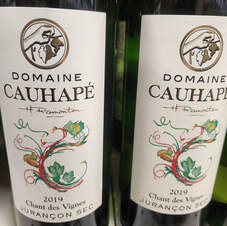
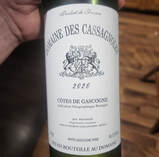
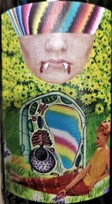
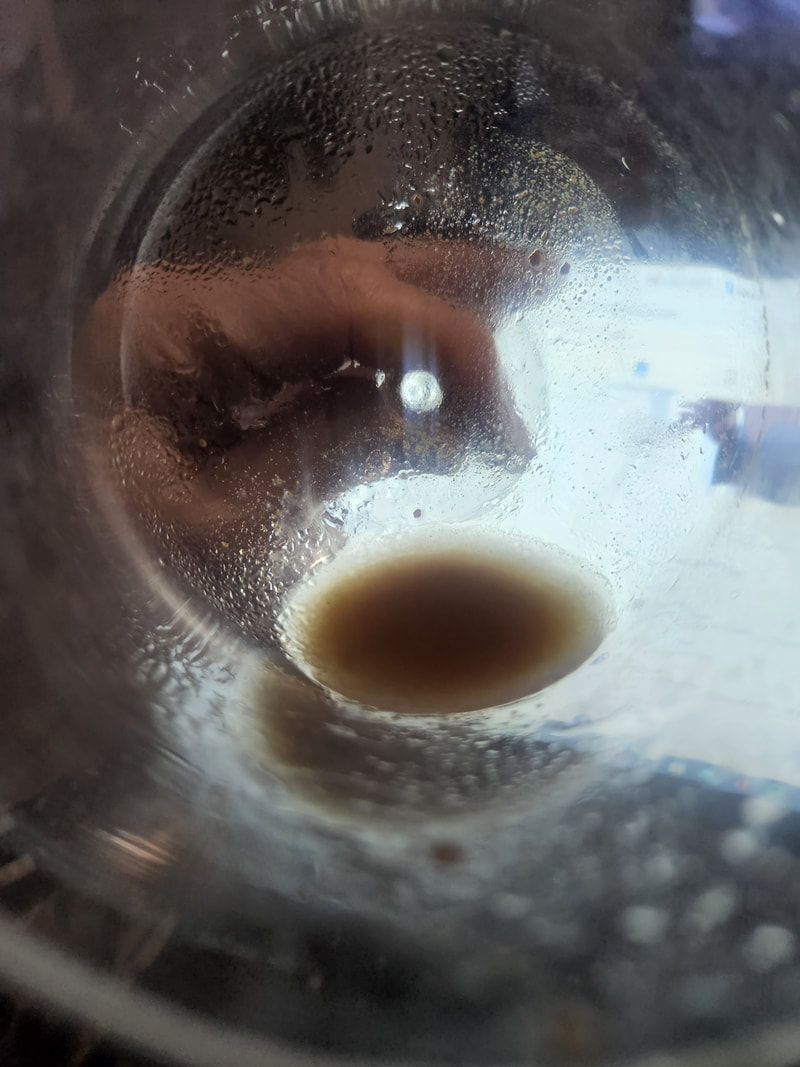
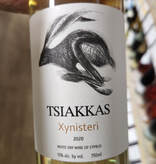
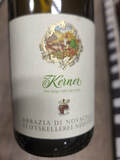

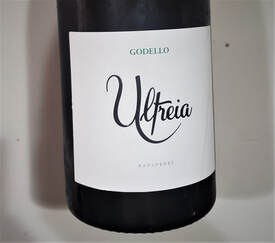
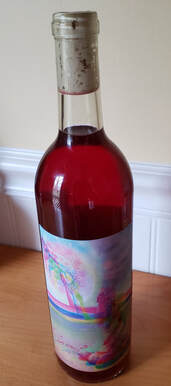
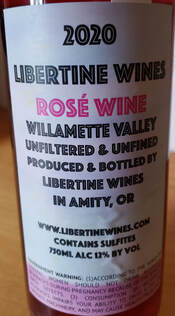
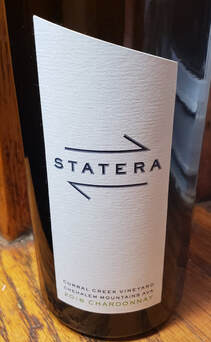
 RSS Feed
RSS Feed